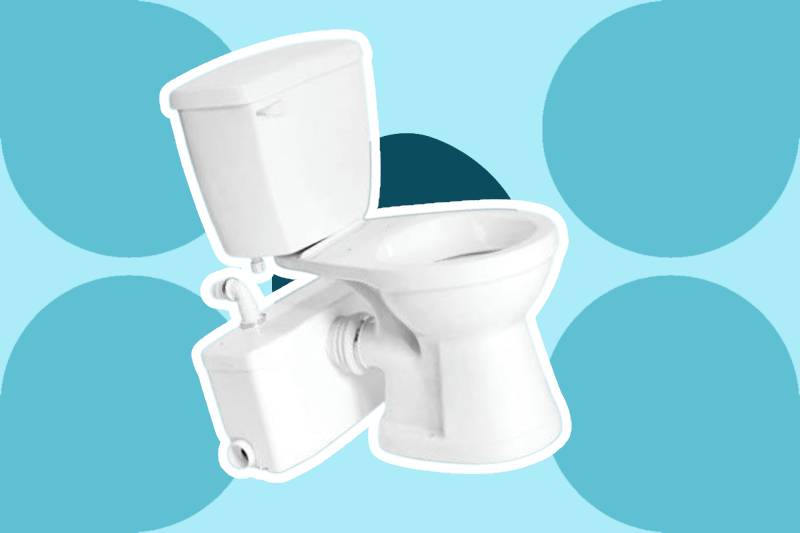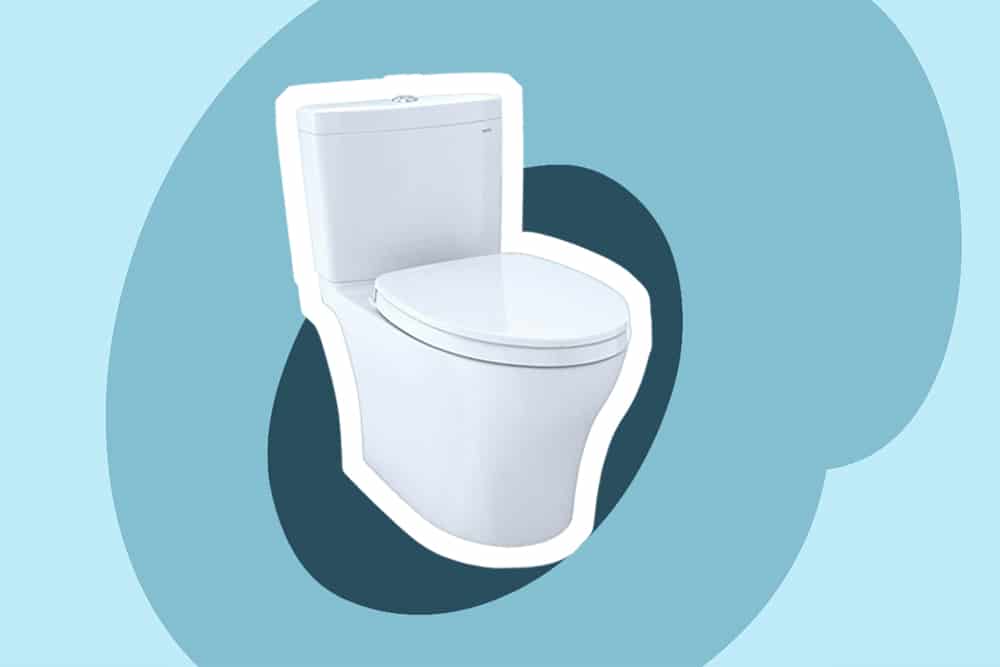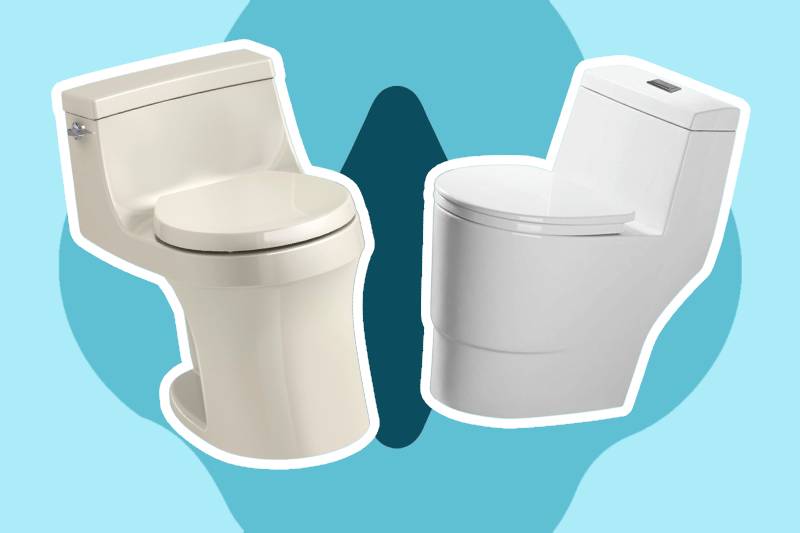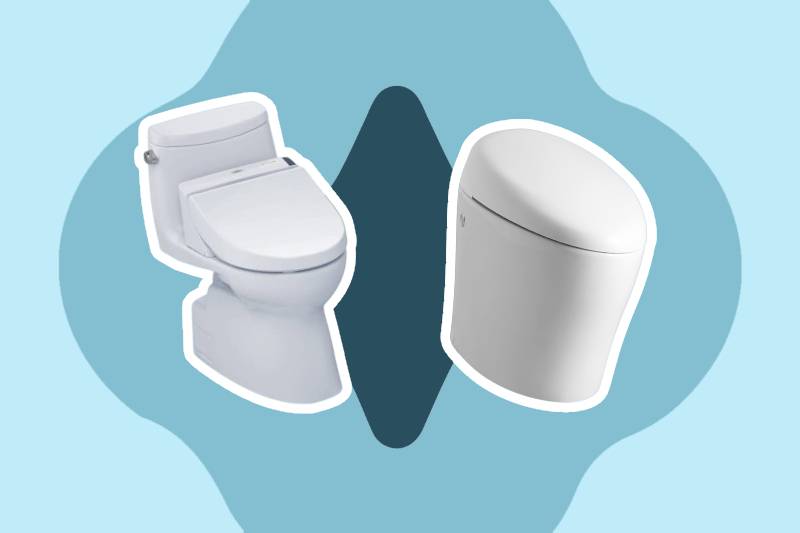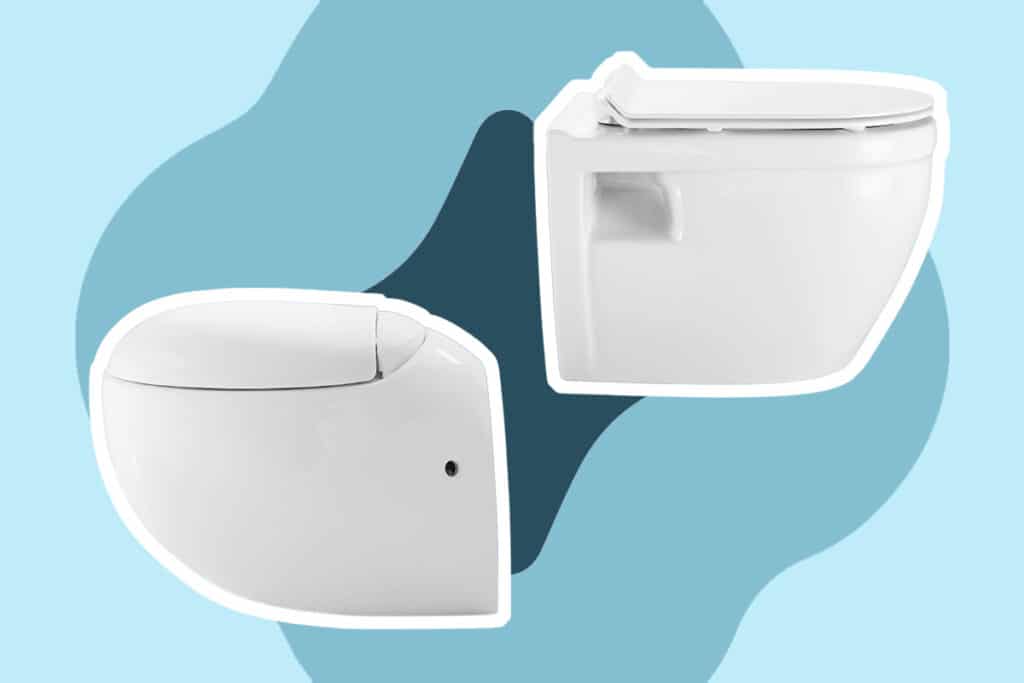

As a homeowner, few things are as annoying as a running toilet. Irrespective of whether it’s a slow trickle or the water keeps turning on and off in a continuous cycle; the persistent sound can keep you up all night. In addition to the frustrating noise, it’s also unsightly when you flush the toilet and can result in astronomical water bills. In fact, if a running toilet is left unfixed, it can cost you up to 6,000 gallons of water and a water bill of around $1,000 annually. This is expensive!
Other effects of a running toilet include damage to your septic system and potential flooding. The good news is that if you take action promptly, you can effectively solve the problem. We have compiled a simple guide on how to stop toilets from running, including why you could be facing this problem.
Before you begin your DIY repairs, it’s important that you learn how toilets work. This way, you’ll know what you’re up against, and you won’t cause more damage. Even though there are different types of toilets, including dual flush toilets and smart toilets, they all have the same working mechanism.
Let’s start with the basics; here are the main parts of a toilet:
Begin by removing the tank lid and flushing your toilet. The tank will empty and then fill up, and you’ll also notice the following;
Now that you know how the toilet works, you can easily monitor it to identify the underlying problems.
According to
The Guardian
Trusted Source
Dual-flush toilets 'wasting more water than they save' | Water | The Guardian
Thames Water says design is more likely to leak as Waterwise warns 400m litres are being lost from UK toilets a day
www.theguardian.com
, toilets that have been designed to conserve water are ironically wasting more. Here are 6 main reasons why your toilet won’t stop running:
If the float ball is sitting in the water at a lower level than it should and letting in more water, you may need to replace it or upgrade to a newer style. Most of the time, floats become faulty due to water getting into them, making them heavier.
The flapper creates a seal in the toilet tank, thereby preventing water from getting into the bowl. It only opens up once you pull the handle or press the flush buttons. A faulty flush valve flapper is often caused by wear and tear, mineral deposits, and continuously being submerged in water. Once it wears out, water starts passing through it, causing the toilet to run.
Sometimes, the problem is as simple as too much water going into the overflow tube, which is an indication of high water levels in the cistern. If the float ball is low, then the water levels will also be low.
The fill valve is responsible for putting water back into the tank. You may need to replace the fill valve if it’s leaking or the float doesn’t rise with the water in the cistern.
If the lift rod is below the flapper opening, it prevents the flapper from going down as it should, causing the water to keep running.
According to
Statista
Trusted Source
• Average monthly cost of water United States 2019 | Statista
An average U.S. family of four pays about 72.93 U.S. dollars for water every month as of 2019, if each person used about 100 gallons per day. The price index of water and sewage maintenance have increased in recent years as infrastructure continues to age across the United States.
www.statista.com
, the average residential cost of water in a US household every month is $72.93, assuming each person uses around 100 gallons of water every day. This amount significantly increases with water inefficiencies, such as running toilets.
Now that you already know how a toilet works and the most probable causes, it’s time to start the fixing process. The good news is that you can easily go the DIY route as most fixes don’t need special tools and equipment. There are various ways of fixing a running toilet, but first, here’s a list of tools that you may need for this exercise. Get them before you start, as this will save you a lot of time.
Tools required:
The time it’ll take you to repair your toilet will vary based on the underlying problem. Here are the top ways to stop your toilet from running.
There are instances where the chain is the main culprit of the running toilet. To find out whether it’s the causative factor, check whether the flapper is up. If it isn’t, push down on it to determine whether it will stop the running water. If it doesn’t, then this is an indication of another underlying problem. There are usually 3 main problems with the chain; either it’s too short, too long, or tangled. A short chain lacks the necessary slack to force the flapper to cause. A long chain, on the other hand, has too much slack that it gets under the flapper and prevents it from creating an effective seal. It could also get tangled.
Once you confirm that the chain is fixed, but the water is still running, you can move on to the next repair.
If you press down on the flapper valve and the water stops running, you may have to replace it. Faulty flush valve flappers are often caused by a buildup that causes the rubber to break down and leave small entry points and holes through which the water seeps. Depending on the extent of the damage, you could solve the problem by cleaning the flapper, but replacement is recommended in most instances.
According to most reviews, the Fluidmaster 400CRP14 Toilet Fill Valve and Flapper Repair Kit is the best option. It has a rubber/ plastic composition, can fix leak flappers, and be installed in around 10 minutes. It’s also a universal fit, so you can’t go wrong with it and is corrosion resistant, so it won’t break down if exposed to chlorine, bacteria, or hard water components.
Pro tip: try putting food coloring or dye tablets in the tank and look closely at the bowl to see if the water gets colored by the dye. If it changes color, you should explore all flapper problems as this is an indication that it’s not creating a strong seal to prevent water from running through.
There’s one main way of adjusting the water level in your toilet tank; correcting the float. Check your tank or the float cup for a fill line. If the float is too low, the flapper will stay open, and when it’s too high, it will cause the water to spill into the overflow.
There are 2 effective ways of adjusting the float:
If your toilet uses a ball float, the lift arm can become bent after regular use. This then causes the ball to sink lower than it should cause the water to keep running. The good thing is that you don’t need any technical skills to fix this. You can simply restore the arm to its original shape by using your hands to bend it carefully. Alternatively, if the rod is too bent beyond repair, you can replace it with a functional one.
If all of the above fixing techniques fail, it could be that the fill valve is faulty. This should, however, be your last resort, as it takes time to complete and requires some skill. If you’re unsure of how to replace the fill valve, make sure you seek professional assistance to avoid damaging your toilet more.
If you’re looking for effective ways on how to stop toilets from running, the above steps are a great place to start. It’s, however, recommended that you take a proactive approach when it comes to running toilets. You can prevent them by cleaning the diaphragm of the fill valve if the water filling the cistern is making a strange sound. If your toilet takes more than 30 seconds to fill after a flush, you should clean the flush valve flapper and its seal. The problem could be mineral deposits and debris. Don’t forget to have the proper replacement parts on hand and ensure they are compatible with your toilet.
